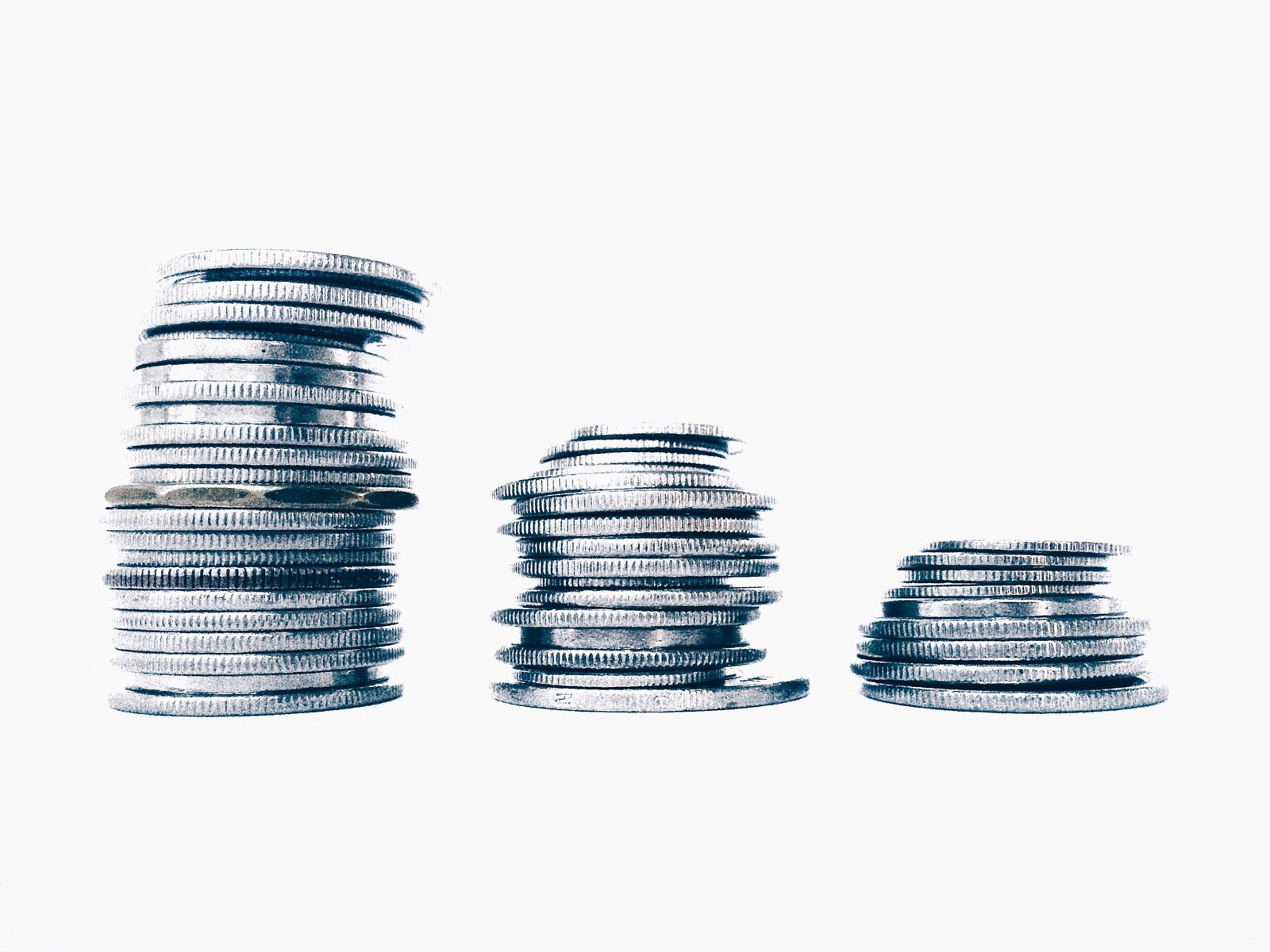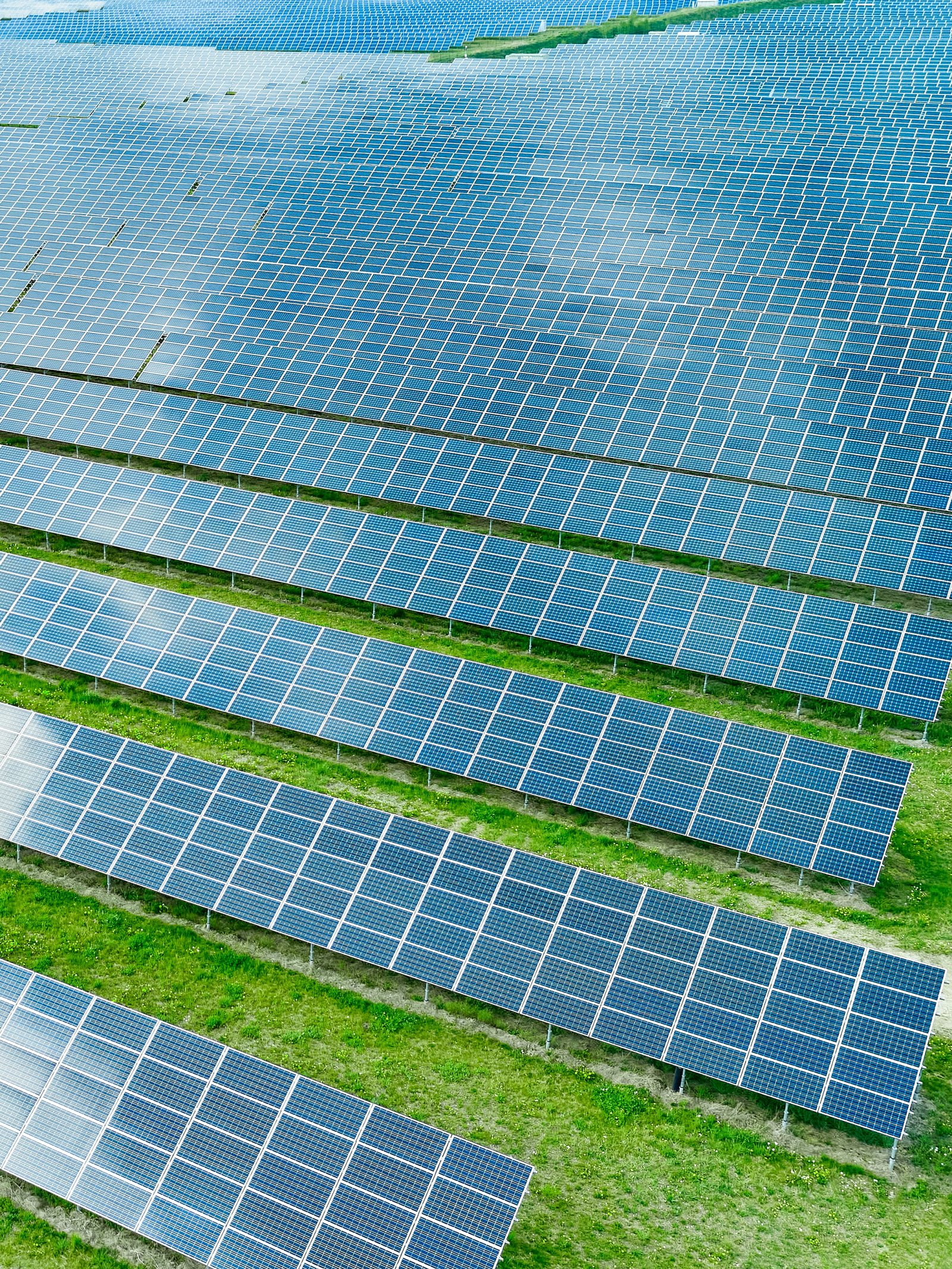In recent years, the global economy has witnessed a surge in interest rates, and the United Kingdom and Europe have not been immune to this trend.
Macroeconomic Policies
The prolonged period of low interest rates that followed the 2008 financial crisis has come to an end, with central banks across the region gradually raising rates in response to improving economic conditions. While higher interest rates may signal a healthier economy, they also have significant implications for the valuation of renewable assets.
Renewable assets, such as wind and solar farms, have become increasingly popular investments as countries strive to transition to more sustainable and greener energy sources. These assets are typically valued based on their expected future cash flows, which are heavily influenced by the discount rate used in valuation models. As interest rates rise, the cost of capital increases, development of new projects is hindered and investors look to other sectors to deliver their target returns.

- Cost of Capital. One of the main ways in which higher interest rates impact renewable asset valuations is through a decrease in the net present value (NPV) of future cash flows Renewable energy projects often require significant upfront capital investments, and many developers rely on debt financing to fund these projects. When interest rates are high, the cost of borrowing increases, which can reduce the financial viability of projects due to a higher weighted average cost of capital (WACC), reduced cash flows and higher debt servicing costs all of which drive down the value of assets. This can be particularly significant for long-term projects such as renewables that have a lifespan of 30+ years.

- Slowdown in Development. Another challenge posed by the high interest rate environment is the impact on project pipelines and development. Renewable energy projects typically have long development cycles, involving various stages such as site selection, permitting, and grid connection. These projects require certainty and stability in financing conditions to proceed smoothly. When interest rates are high and valuations driven down as a result, investors and developers may be more cautious and hesitant to commit to new projects, leading to a slowdown in project development and a potential reduction in the pipeline of renewable energy projects.

- Opportunity Cost. Higher interest rates can also impact the appetite of investors for renewable assets. As interest rates rise, investors may shift their focus to other investment options that offer higher returns with lower risks. Renewable assets, which are often perceived as long-term investments, may become less attractive compared to other investment opportunities that offer higher short-term returns. This can result in reduced demand for renewable assets, which may further impact their valuations.
Wholesale Energy Prices
As if high interest rates were not problematic enough, we have also seen a steep decline in wholesale power prices that further drive down the value of renewable energy assets. Wholesale power prices, which are determined by market forces and can be influenced by various factors such as changes in demand, supply dynamics, and regulatory policies, have experienced downward pressure, primarily triggered by a combination of a milder-than-expected winter and government-imposed price caps, as well as reduced demand due to energy efficiency measures and lower natural gas prices.
Lower wholesale power prices have a direct impact on the revenue generated by renewable energy assets, as they typically sell electricity into the grid at market prices. When wholesale power prices decline, the revenue generated from the sale of electricity decreases, which negatively impacts the financial performance of renewable energy assets.
This can be particularly challenging for newer renewable energy projects that have higher debt service costs or other financial obligations, as they may struggle to generate sufficient revenue to meet these obligations.
In Summary
The combination of lower wholesale power prices and high interest rates can create a challenging environment for the value of renewable energy assets. It has direct implications for developers, investors, and other stakeholders participating in the renewable energy sector as it affects investment decisions, project economics, and the pace of renewable energy development. Managing these challenges requires careful consideration of market dynamics, financing strategies, and regulatory policies to ensure the continued growth and sustainability (pun not intended) of renewable energy assets in a changing economic environment.

Looking Ahead
It’s not all doom and gloom for the renewable energy sector in the face of lower energy costs and rising interest rates. Government policies and incentives to promote renewable energy can play a crucial role in supporting the sector and other forms of financial support can offset the increase in financing costs and help maintain the attractiveness of renewable investments.
In addition, technological advancements and economies of scale in the renewable energy sector can improve the profitability of projects. As renewable technologies become more efficient and costs continue to decline, the overall profitability and cash flows of renewable projects may improve, helping to maintain or even increase their valuations.
Furthermore, the growing awareness and demand for sustainable investments from investors and consumers can also contribute to the resilience of renewable asset valuations. Many investors are increasingly looking for socially responsible investments, and renewable energy assets offer relatively low risk, long term, predictable cashflows for institutional investors seeking to deploy significant capital to yielding assets.
